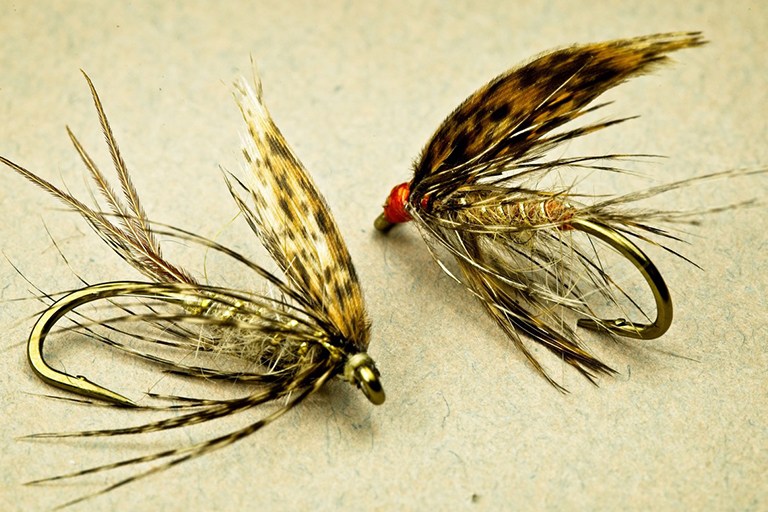By Dennis Smith
It’s no secret to anyone who reads this column that I’m kind of a bluegill junkie. I’m fairly certain the first fish I ever caught was a bluegill. I don’t remember the exact fish or circumstances, but I have little doubt it was a bluegill. It would have been in the summer of 1949 or ’50. I would have been 5 or 6 years old and would have caught the thing on a cut willow stick fitted with a hank of braided linen line. A short nylon leader, a bobber and a long-shanked hook would have been attached — standard barefoot-boy fishing gear at the time. And I would have caught it on a worm.
We lived across the road from a wide, slow-moving, warm-water creek that emptied directly into the Hudson River 5 miles downstream. Near our house, the creek was about 100 yards across and varied in depth from 2 to 3 feet in the shallows, and was maybe 20 to 30 feet deep in the narrow gorge a mile down the road. Bass, bullheads, catfish and carp were year-round residents in the creek, but the big bluegills got all our attention as kids. The weedy, sand-bottomed shoals in front of our house were prime bluegill habitat and grew some giants (bear in mind, a 10-inch bluegill is a giant).
We don’t have the abundance of good bluegill habitat in the Rocky Mountain West that’s common back East, but you can find big bluegills here if you look hard enough. Most farm ponds, gravel pits and low-elevation irrigation reservoirs hold them and their cousins: pumpkin seeds, green sunfish, long-eared sunfish, crappies, etc.
You can catch them with a pole and worms, but these days you’ll see a lot of anglers chasing them with a fly rod. Fishing on the surface with goofy-looking cork and foam poppers or dry flies that mimic crickets and grasshoppers is lots of fun and extremely productive, but in my experience, you’ll catch bigger ones if you go deep. The big ones prefer submerged weed beds where there’s plenty of food and ready access to deep water. It’s a security thing.
Mature bluegills can be surprisingly selective about what they eat, so use fly patterns that suggest their natural food sources. They’ll go for the gaudy stuff, but caddis pupae, mayfly nymphs, aquatic beetles, dragonfly nymphs and similar imitations are more reliable. Midges can be effective during a hatch. Bluegills eat small minnows, too, so try streamers as well. Just make sure they’re small. Size 8, 10 or 12 hooks are ideal.
I like to fish for bluegills from a float tube or belly boat. I use a sinking line and one or two wet flies in drab colors. They seem to favor flies with a touch of flash and wiggly, lifelike movement. Soft-hackled wet flies in shades of brown, black, olive or tan are just about perfect.
Dennis Smith is a freelance outdoors writer and photographer whose work appears nationally. He lives in Loveland.

